Today, major railroads have at least one major shop that handles heavy locomotive work. This facility can perform major rebuilds, wreck repairs, overhauls, paint, and even new locomotive construction. These heavy locomotive shops can be newer facilities such as Union Pacific’s Downing B.
Jenks shop in North Little Rock, Ark., that was constructed in 1984, or housed in buildings built in the steam era and repurposed when diesels took over. BNSF Railway’s shop in Topeka, Kansas, is one such example and has been operated by BNSF and predecessor Santa Fe for almost 150 years.
While these shops are more specialty in nature, the railroads also have a number of small-to-medium-sized facilities across their system to handle light-to-moderate repairs that don’t require a trip to a heavy locomotive repair shop. Types of work handled by these shops can be as small as minor electrical work to replacement of traction motors, alternators, and other larger items that may fail and need replacement.
Before consolidations and reductions in the number of shops, the vast majority of work was performed in-house by a railroad’s own employees. There has been a trend to send more locomotive maintenance to third-party companies over the years. Ironically, many of these third-party companies have their businesses located in the same locomotive shops the Class I railroads vacated.
Some third-party shops can see a steady flow of work from a railroad, ranging from overhauling and/or upgrading older locomotives to smaller maintenance work for years while other railroads choose to send work to third-party companies more sparingly.
- BNSF – Topeka, Kansas
- Canadian National – Homewood, Ill.
- Canadian Pacific – St. Paul, Minn.
- CSX – Waycross, Ga.; Huntington, W.Va.; Cumberland, Md.
- Kansas City Southern – Shreveport, La.
- Norfolk Southern – Altoona, Pa.; Roanoke, Va.; Chattanooga, Tenn.
- Union Pacific – North Little Rock, Ark.





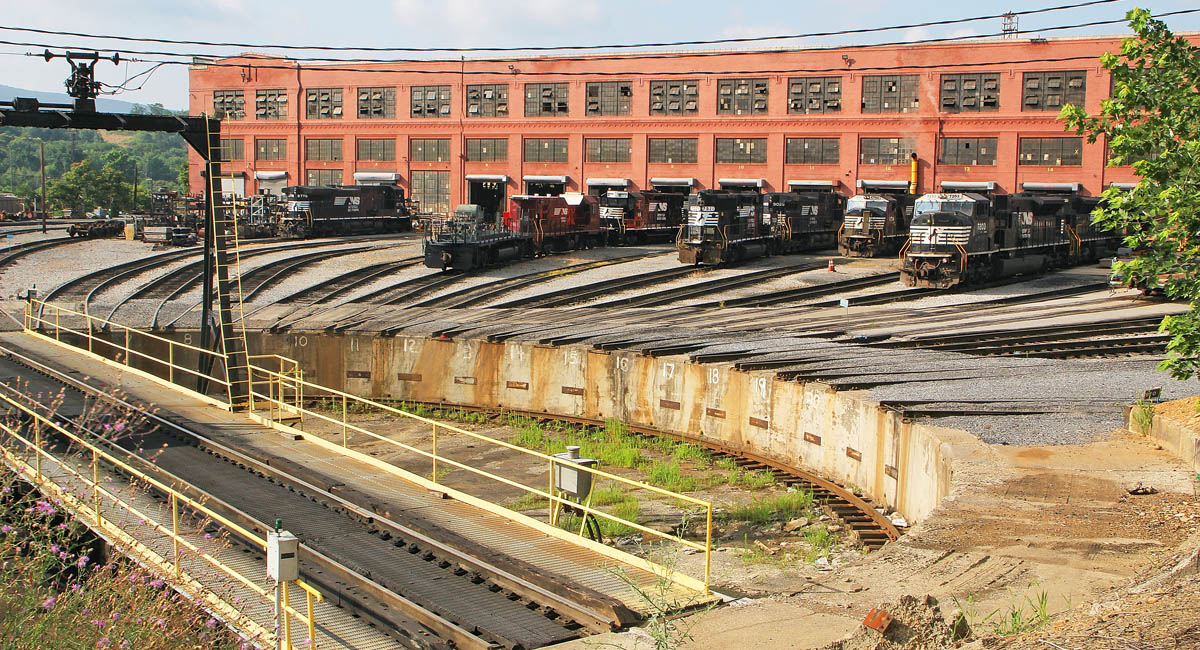
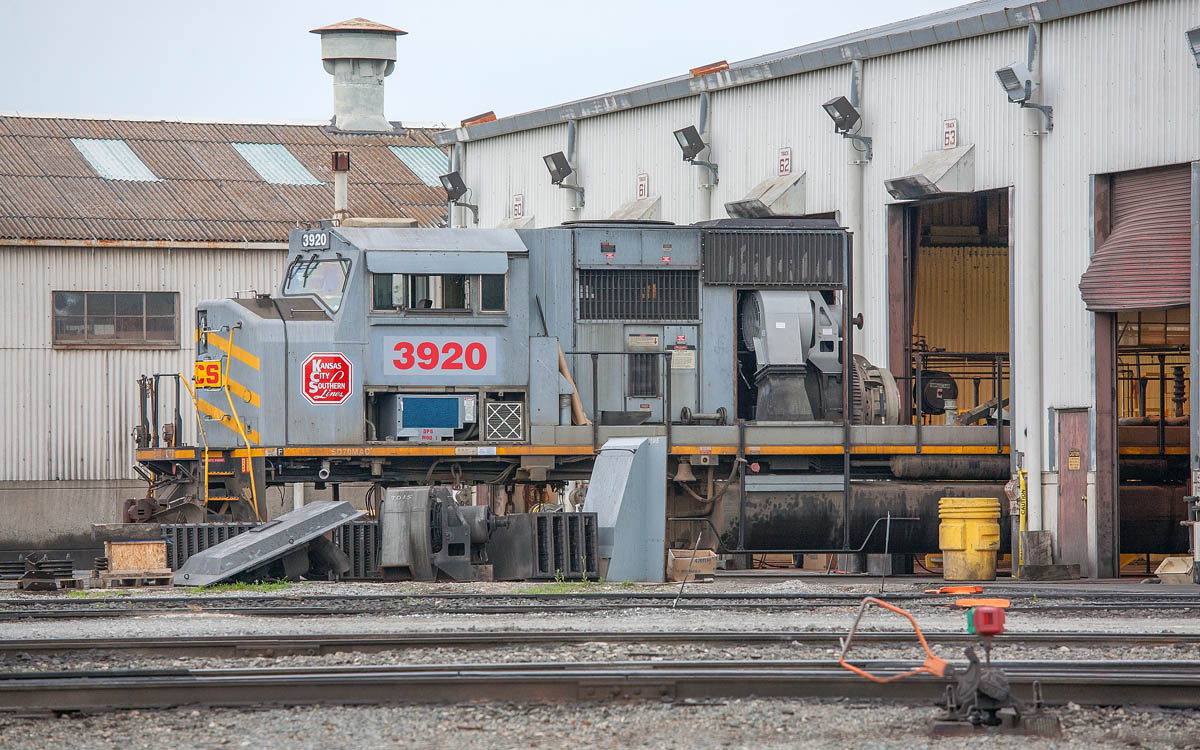

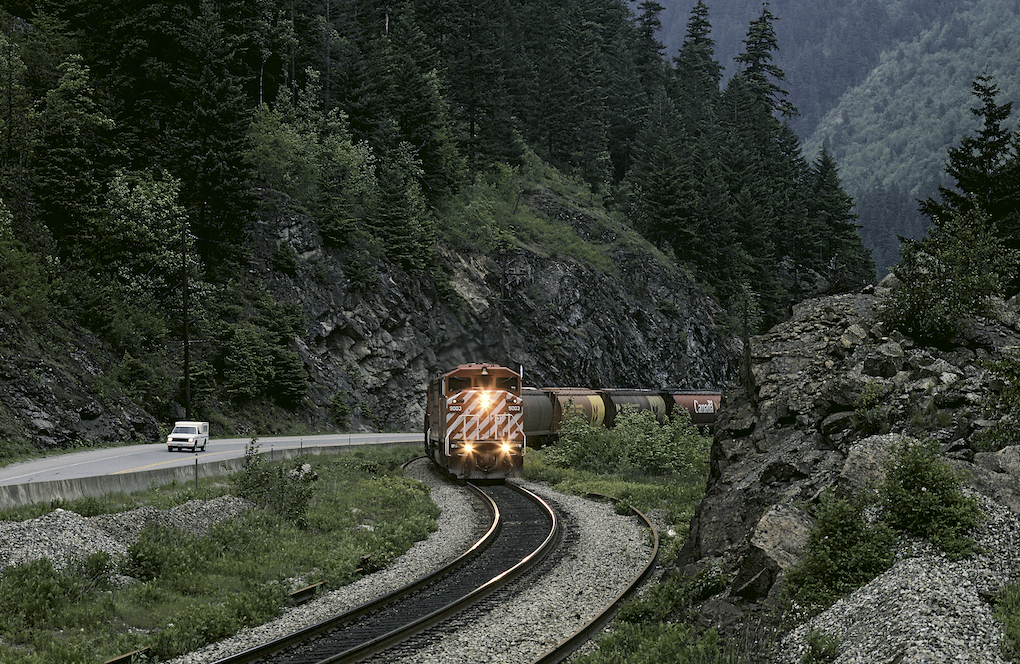
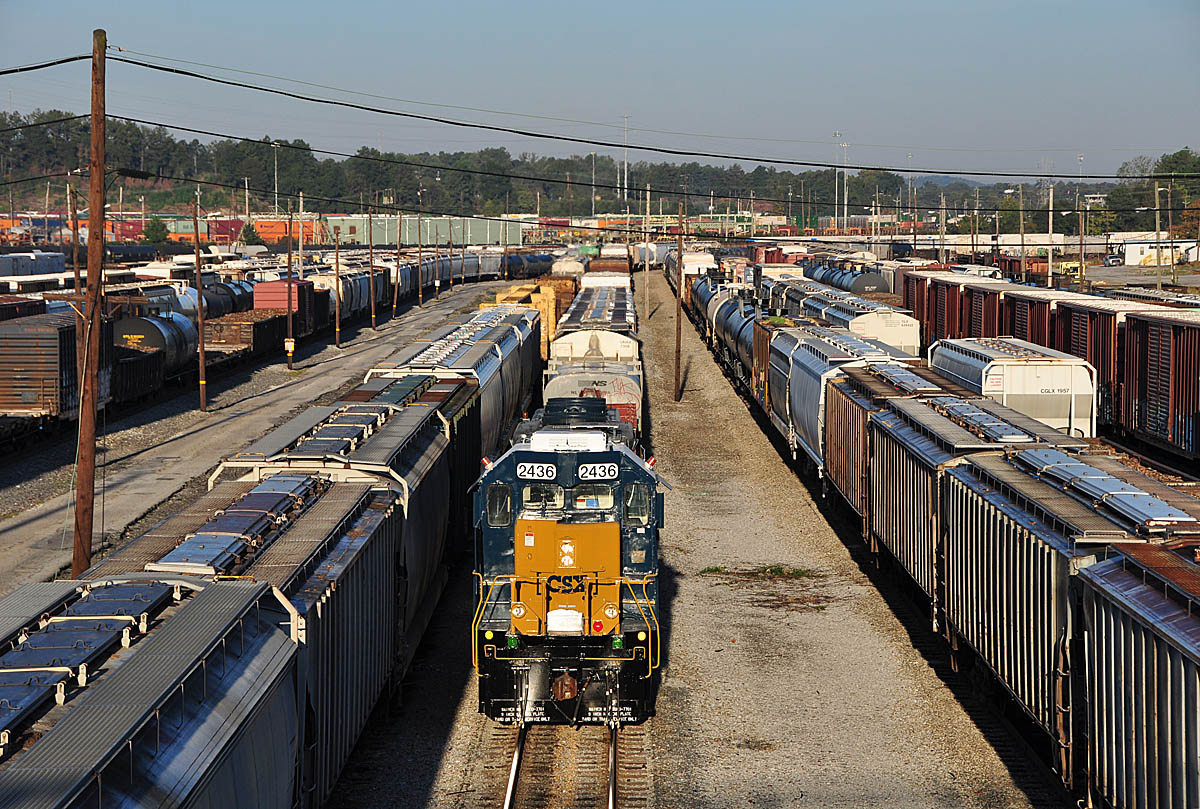
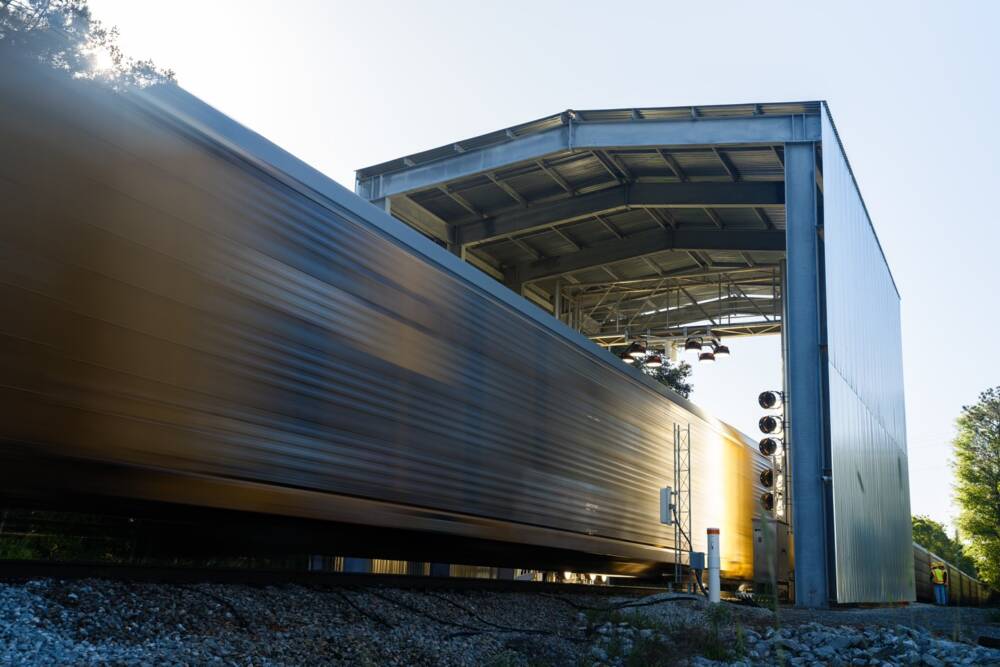
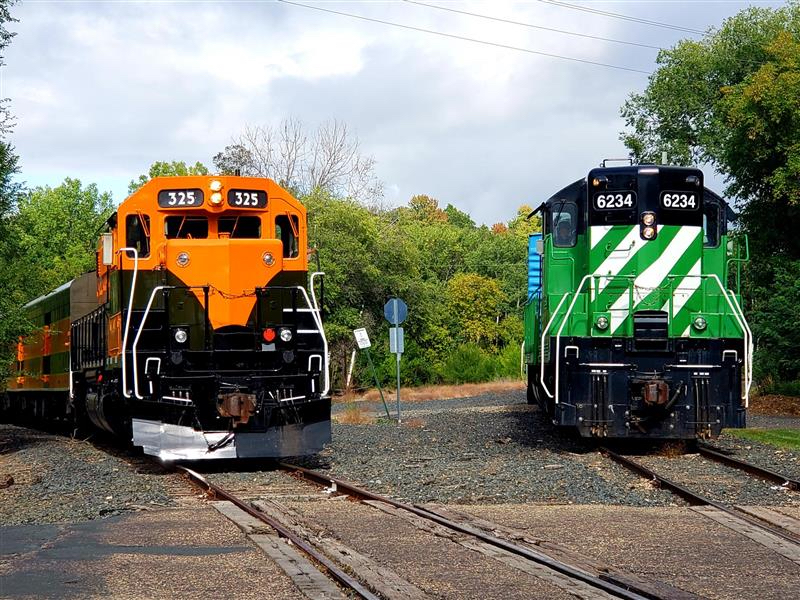




Third party = scab shops. Half the pay and no Railroad Retirement. Part of the ever-creeping attack on American workers. How come the Orange One doesn’t talk about that?
Ah, i remembers the days of the Old UP shops in downtown Omaha. When i was very young, i remember
big steam engine wheels still around even after steam was long gone. Then there was the long lines of
condemned diesels sitting in front of the shop assimilated from railroads long gone. It was a train nerds
playground that could only be seen from outside the gates. UP was and is still a big presence in Omaha.
I just hope precision railroading is not the death of UP. I fear the steam program will someday be
on the chopping block once the bean counters truly are running the ship.
Now the shop site is the Home of the CHI center, Omahas premier arena convention center.
I think they still have wells and pumps around the facility to mitigate a century of contamination
under the site.
What about Beech Grove Ind. Shops? I see a lot of Locomotives at there shop. It’s a Large Place..
Beech Grove is an Amtrak facility.
VERY INTERESTING!! Thanks
With most case the class 1 systems is to have an in house locomotive shop capable of performing major repairs to first steam locomotives then moved into diesel locomotives when of the list of class 1 railroads having an in house locomotive shop the famous one of the list is NS’s Altoona shops.
Jenks is where all the trains on the UP go for repairs if they need paint or an overhaul they come here. Most recent projects where painting SD 70M 2519 after it was tagged by members of Indecline and Desert Empire Project who broke into the Union Pacific Milford Yard in Lund and readying 4141 for display. Jenks is Union Pacific stop shop for all locomotive repairs.
when something goes wrong with a locomotive it would be sent to a shop when during the steam era many towns likely had a locomotive shop when in the 1940’s when the railroads dieselized or merged many of the shops were mothballed or outdated shops eliminated. Many of the class 1 railroads would have a shop built during the steam era and repurposed when the railroad dieselized as a few of the railroads would farm out contract to third party shops often housed in the same shop when they could do some light repairs.
I thought that the North Platte facility was a Class I shop. Is there a more complete listing of Locomotive shops for the major railroads? Such as UP shops at Hinkle OR and Roseville CA, BNSF at Barstow. What the “class” level or capacities are. That would be very beneficial.